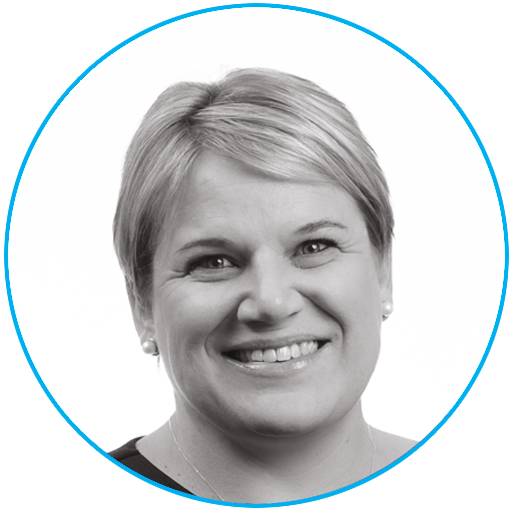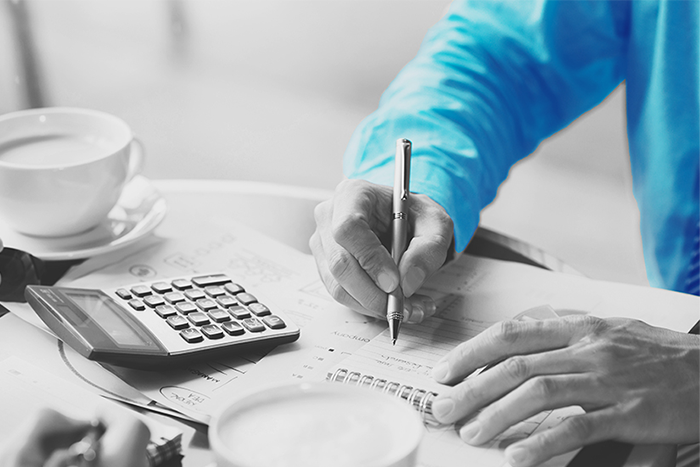Fraudulent Telegram and WhatsApp groups
Please beware of fraudulent Telegram and WhatsApp groups impersonating PSG Financial Services, our divisions and our advisers. Be cautious, verify links and contact your adviser or Client Services if you have any queries or concerns.
08
April 2024
Why an emergency fund is a critical part of holistic financial planning

Robyn Laubscher, Advice and Product Specialist
PSG Wealth
John Lennon famously said, “Life is what happens to you while you’re busy making other plans.” To ensure you do not run into trouble when life gives you financial lemons, it’s good practice to start putting money aside in an emergency fund.

“ An emergency fund…is not for that holiday you have always wanted to go on or that new golf driver that is on sale. ”
An emergency fund is a reserve of money set aside specifically to cover unexpected expenses or financial emergencies. Just to be clear, this is not for that holiday you have always wanted to go on or that new golf driver that is on sale.
These funds serve as a financial safety net, providing individuals and families with a cushion to tap into when faced with unforeseen circumstances, such as a medical emergency, losing a job, car repairs or other urgent needs.
6 Key features of an emergency fund
Some of the key factors to consider when building an emergency fund are outlined below.
1. Liquidity
The nature of the fund dictates that the funds need to be easily and readily available. Investing in a low-risk cash-like fund could be very beneficial. These types of funds generally have low fees, offer reasonable growth for the level of risk associated with them, and are easy and quick to access.
2. Separate from regular savings
It is important to keep your emergency fund separate from other investments. It is reserved for unexpected events. Don’t blur the lines between the holiday you are saving for and your emergency fund – they should be two separate investments, as they each have very different goals.
3. Size
The size of your emergency fund will vary depending on your individual circumstances, such as monthly expenses, income stability and potential financial risks. The general recommendation is saving three to six months’ worth of living expenses in an emergency fund.
4. Purpose
The primary purpose of an emergency fund is to provide financial stability and peace of mind during challenging times. Having an emergency fund means that you won’t need to rely on high-interest debt or liquidating long-term investments to cover unexpected expenses.
5. Regular contributions
Rome wasn’t built in a day, and the same applies to building an emergency fund – it doesn’t happen overnight. Contributing regular amounts over time until the desired goal is reached is the easiest way to build an emergency fund.
6. Review
Your emergency fund forms part of your holistic financial plan and should therefore be monitored on a regular basis, just like the rest of your portfolio. As soon as funds are used for an emergency, there should be a plan in place to replenish your emergency fund.
Conclusion
An emergency fund is a cornerstone of holistic financial planning because it provides security, stability and flexibility when faced with life’s uncertainties, allowing individuals to navigate challenges and pursue their long-term financial goals with confidence.
Reach out to a financial adviser to help you make holistic financial plans and give you tools that can help you build up your emergency fund.

The Edge, 3 Howick Close
Tyger Waterfront
Bellville
7530
Stay Informed
Sign up for our newsletters and receive information on finance.






